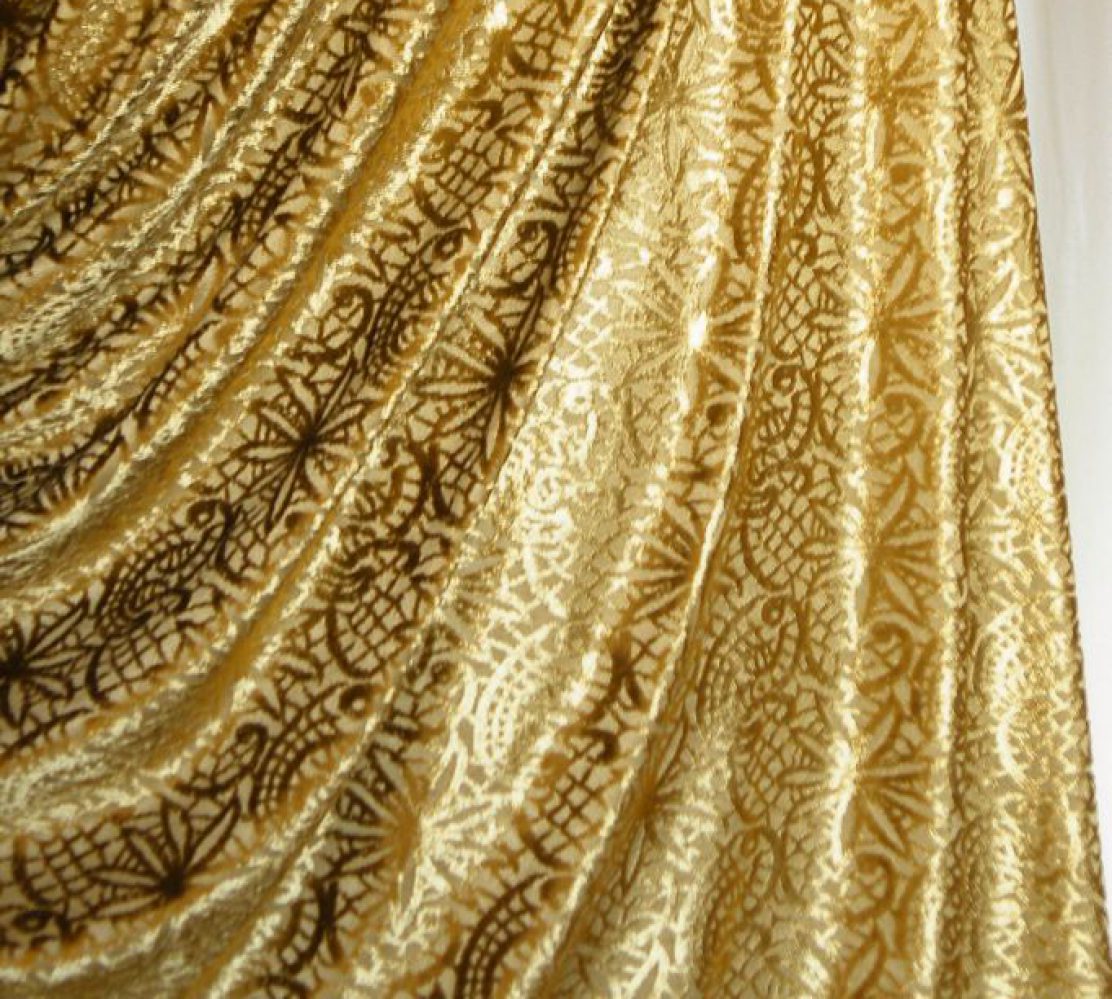Warning, more boring hair splitting / fit tweaking ahead. So let’s get the style shots out of the way first. Then you can tune out if you’re so incline!
Problems recapped
My complaints about my Dartless Raglan wearable muslin Test 1 were…
- position of the raglan seams looked off and unbalanced
- armholes felt a bit tight
- more sleeve drape at underarm than I would have liked
Tests 2 & 3
First, I started with my latest revised Dartless Fitted Knit Top Block and its re-drafted from scratch sleeves (turned into Camden Kids Wannabe top). I had hope the new sleeve draft would magically make my mis-matching bodice vs sleeve raglan seam lengths go away. No such luck. So the question is how to increase the bodice raglan seam length and/or reduce the sleeve raglan seam length. The problem is partly caused by the sleeve cap height.
- In Test 1 I reduced the sleeve cap height by allowing it to overlap the bodice armscye.
- For Test 2, I tried simply extending the bodice raglan seams at the side seams. But this caused unsightly bagginess on the bodice under the armpits.
- So for Test 3 I tried lengthening the bodice raglan seam by lowering the underarm 1/2 the overlap amount from Test 1, and shortening the sleeve raglan seam by raising the bicep the remaining 1/2 of the Test 1 overlap amount. This has the added benefit moving the position of the raglan seams so that it’s more diagonal and to my taste.
Test 3 Mug Shots
The Verdicts
Problem 1 (weird raglan seam positioning) I think I solved.
Problem 2 (tight armholes) is marginally better. I think my base block is probably just such close-fitting pattern that any derivatives will have the same claustrophobic armholes unless I lower the bodice underarm further and increase bicep width. My uneven shoulders also don’t help – I haven’t made any adjustment for this in these muslins…because I was lazy and hoped the stretch alone would be enough. Again, lowering UA would probably help if it continues to bother me.
Problem 3 (too much sleeve drapes at underarm) I tried to solve, but I don’t think it’s any better. Re-reading Stretch Pattern School’s instruction again, I think the problem is the fact that I removed the negative ease which keep the sleeve and bodice under balanced tension to prevent tension draglines. Once the negative ease was removed, the shallow cap / arms up horizontally sleeve draft inevitably shows the natural excess of fabric that bulk up under the arms when the arms are down.
Now this last observation about the effect of holding the garment under balanced tension is fascinating and mind boggling. I still don’t completely grasp the principles. But I have definitely seen in my recent test how frequently the muslins with more ease actually look worse (more draglines and seemingly random bagginess) than the tighter fitting muslins. Even breathing in vs out affects draglines from waist side seam to bust point. With breathe in (ie rib cage expanded & garment under more tension) the draglines disappear, but with breathe out (ie rib cage contracted & garment hangs looser) the draglines appear.
And as I mentioned before, the fiber content also seem to affect this, with rayon / cotton more accommodating and molding to the body, but then staying stretched and baggy under it’s steamed out. That’s even with decent amount of lycra content. The polyester-lycra I tried on the other hand recovers easily, but also shows the tension draglines more easily.
Mind twisting isn’t it? Hopefully with more experience I will eventually grasp the tension concept and know how to adjust patterns to create the fit I want for each garment and fabric. But for now I think that’s enough fitting tweaks for a while, don’t you?












The fact that the differences in fabric stretch can outbalance the fit adjustments is often discouraging… I suffer from a pathological need for exactness when sewing (or I feel a project is doomed as I progress) so it does bug me! At least you have moved your understanding of it all that bit further. Good idea using the shiny fabric too, it emphasizes any fit issues so you know it will all look much better on something else.
I have that tendency too! But owning up to it is surely the first step towards recovery? 😉
It’s crazy how the tension in each type of fabric affects fit. Wouldn’t that be something – to be able to adjust the pattern based on your assessment of the fabric’s stretch?
That was my original intention – to have a set of blocks for each band of stretch fabrics (0-25%, 25-50%, 50-75%, 75%+). But gave up that idea because I didn’t like the bra equivalent of VPL! 🙂
Will have to reconsider or learn to live with wrinkles of tensionless blocks.
What my original idea wouldn’t have accounted for would be the difference in fiber given two fabrics with the same amount of stretch (but maybe different amount of recovery). Maybe for tension garments the difference wouldn’t be so visible anyway?